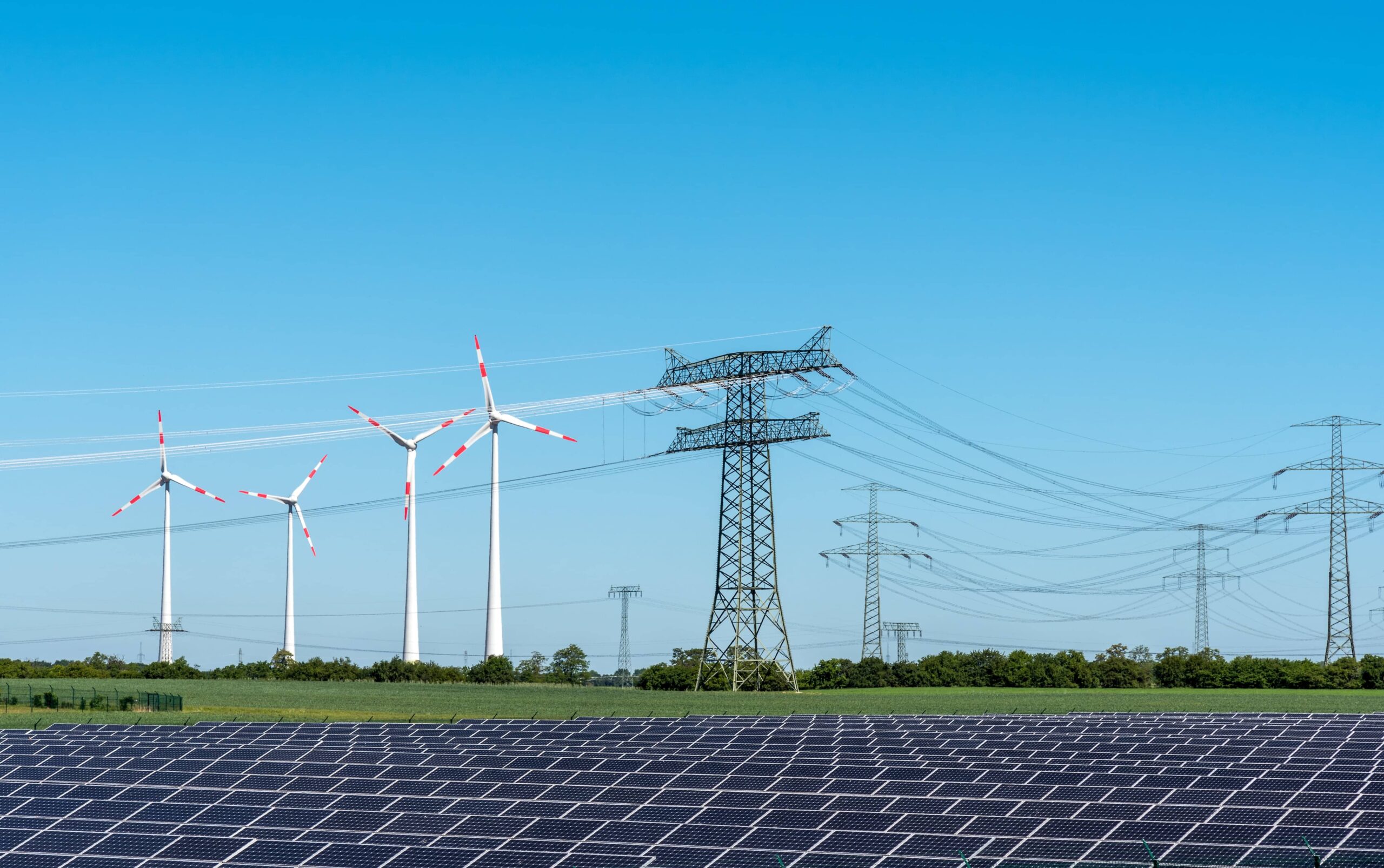
The term “Solar energy” speaks for itself. Solar energy can easily be utilized to power industrial buildings, fuel appliances, chemical production, and other industrial requirements thus paving the way for better utilization of natural resources.
Solar energy is a renewable, non-polluting resource that can power homes and businesses, as well as many other industries. Its use has been growing rapidly in recent years, but it still makes up only a small percentage of the total electricity market.
The Indian government realized the power and usefulness of solar energy twelve years back and took a step forward by launching the Jawahar Lal solar mission on the 11th of January 2010. The mission proved successful as it kickstarted the usage of solar energy in the country. GoI’s solar energy initiatives have helped to expand the use of solar power across the country and made the citizens realize its importance.
The national solar mission also known as the Jawaharlal Nehru National solar mission mentioned above inaugurated in 2010 and has been revised twice since its inception. The mission was strategically divided into three phases with different milestones to achieve an overall aim of generating and utilizing 100 GW of solar energy by 2022.
Phase 1(2010-2013)- Setting up of 1000 MW grid-connected solar plants, off-grid applications of 200 Megawatts, and 100 Megawatt of rooftop and solar plants
Phase 2(2014-2017)- Deploying 20 million solar systems to provide consistent electricity in village areas.
Phase 3(2017-2022)- Target of achieving Grid-connected solar PV 100000 MW and off-grid solar PV applications- 2000 MW
Rooftop solar scheme yojana is a government promise of providing subsidies to the consumers who install rooftop solar. A rooftop solar power system is installed on the top of most of the building (commercial/residential) to provide electricity to the whole structure it has been installed on.
Solar energy being a renewable source of energy proves fruitful not only for the environment but also for the consumers as it helps in reducing the electricity bill to a large extent. The government provides subsidies of at least thirty percent to the general category consumers. On the other hand, states like Himachal Pradesh, Jammu & Kashmir, and Lakshadweep offer a subsidy of seventy percent to the citizens.
Setting up a solar project requires a large sum of money, manpower, permissions from a higher power, and land. To put an end to these hassles, the solar park scheme was introduced in 2014 to fasten the process of opening solar parks and Ultra mega solar power projects.
Target- The scheme was launched to open at least Twenty-five solar parks each with a 500 Megawatt power capacity.
Result- 21 states of India have not only accepted the scheme but also acted on it by opening thirty-four solar parks in total.
The viability Gap funding scheme was launched to support Public-private partnership projects by providing a considerable amount of capital and subsidies. The scheme has motivated PPP investment projects to contribute by including social sector investments such as health, education, water, and waste treatment. Below are some of the initiatives by the VGF scheme
Solar Energy Corporation of India was established to encourage the National solar mission introduced in the year 2010 and every scheme that came after it till now. The corporation comprises the Ministry of New and Renewable Energy and the Government of India. SECI contributed largely to VGF schemes, solar rooftop schemes, and solar park schemes
UDAY scheme was launched in India to curb the inconsistencies related to power transmission systems. According to research, solar energy as a renewable source of energy is a one-stop solution for energy transmission. After this scheme came into effect, major positive changes were witnessed in states like Uttar Pradesh, Rajasthan, Tamilnadu, and Haryana. Additionally, the scheme has also helped DISCOM in recovering from a long-term financial crisis by transferring seventy-five percent of DISCOMs debt to the state.
PM KUSUM stands for Pradhan Mantri Kisan Urja Suraksha evam Utthan Mahabhiyan.
According to Renewables 2022 Global status report, India comes at third position after China and USA for total renewable power. And India also achieved the fifth position in global solar deployment after increasing solar power capacity by more than eleven times in the last five years(2014-2019). As a result, the country is receiving praise from all over the world. Recently Bill Gates hailed the prime minister’s development initiatives, especially for solar energy, and emphasized the importance of India from a global perspective.
Solar energy has many advantages over other forms of energy: it eliminates pollution from fossil fuels, is free, clean, and renewable, does not produce greenhouse gases or other pollutants, and does not require any additional fuel for production.
But there’s another way that solar energy can help us transition away from fossil fuels: by providing jobs. Over 2 million people are employed in the solar energy industry today—and that number is expected to grow significantly in the future.
Leave a Reply